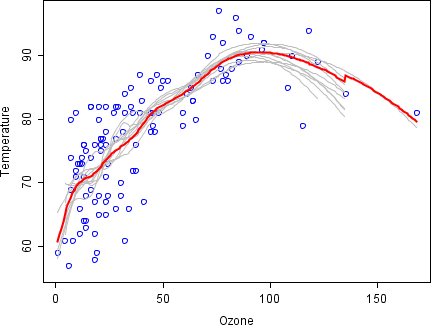Breiman, Leo. 1996.
“Bagging Predictors.” Machine Learning 24 (2): 123–40.
https://doi.org/10.1007/BF00058655.
———. 2001.
“Random Forests.” Machine Learning 45 (1): 5–32.
http://link.springer.com/article/10.1023/A:1010933404324.
Breiman, Leo, Jerome Friedman, Charles J. Stone, and R. A. Olshen. 1984. Classification and Regression Trees. New Ed. Boca Raton: Chapman; Hall/CRC.
Efron, B. 1979.
“Bootstrap Methods: Another Look at the Jackknife.” The Annals of Statistics 7 (1): 1–26.
https://doi.org/10.1214/aos/1176344552.
Horst, Allison Marie, Alison Presmanes Hill, and Kristen B Gorman. 2020.
Palmerpenguins: Palmer Archipelago (Antarctica) Penguin Data.
https://doi.org/10.5281/zenodo.3960218.
Lin, Yingxin, Yue Cao, Hani Jieun Kim, Agus Salim, Terence P Speed, David M Lin, Pengyi Yang, and Jean Yee Hwa Yang. 2020.
“scClassify: Sample Size Estimation and Multiscale Classification of Cells Using Single and Multiple Reference.” Molecular Systems Biology 16 (6): e9389.
https://doi.org/10.15252/msb.20199389.
Schapire, Robert E. 1990.
“The Strength of Weak Learnability.” Machine Learning 5 (2): 197–227.
https://doi.org/10.1007/BF00116037.







 ::: :::
::: ::: ::: :::
::: ::: ::: :::
::: ::: ::: :::
::: ::: 

